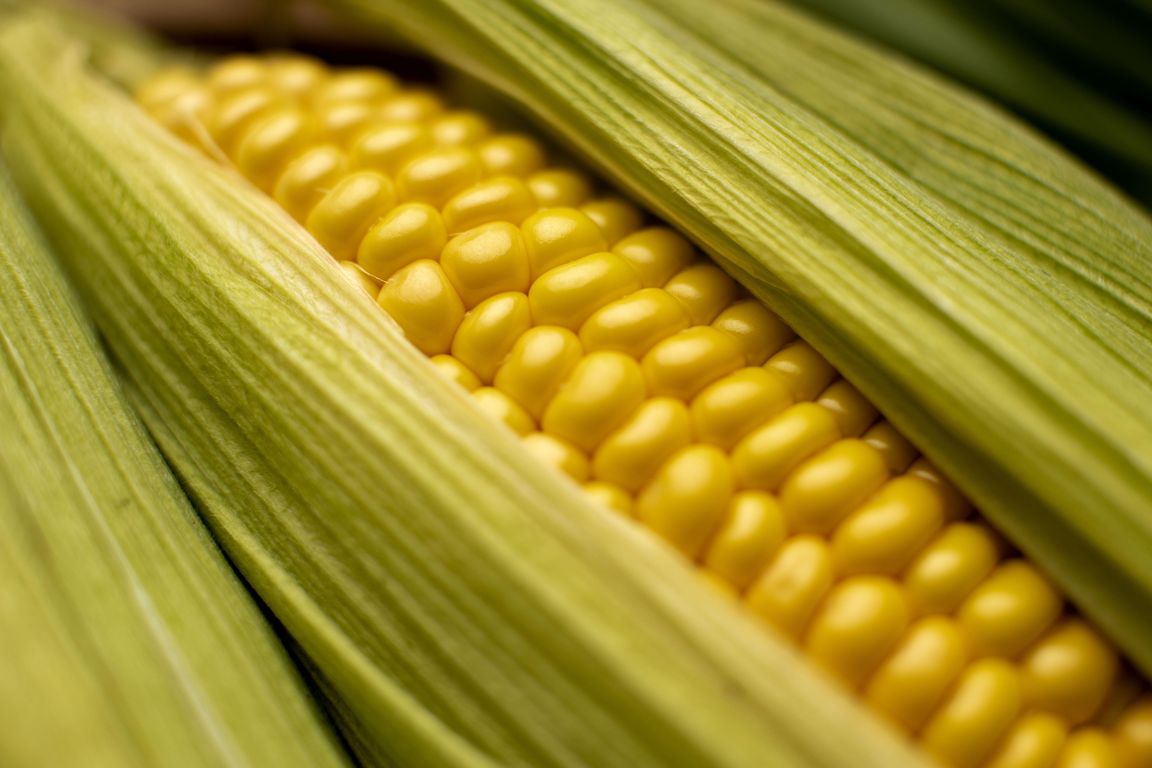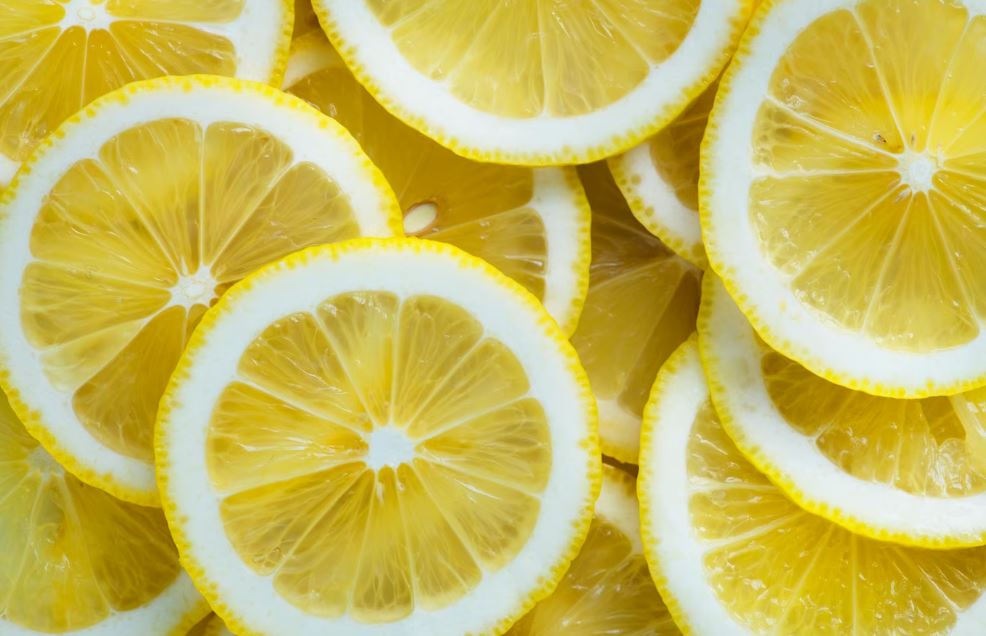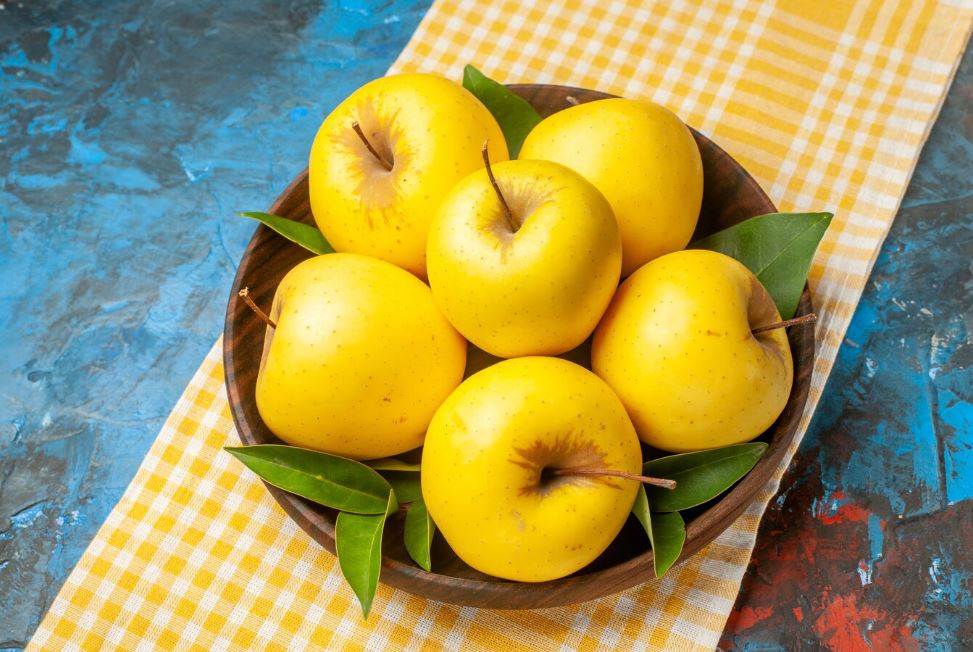In the midst of summer, we bring to the attention of Turkmenportal readers a selection of fruits and vegetables of one of the most cheerful and warm colors - yellow.
Let's see if there is any benefit in yellow products, in addition to the fact that their color is pleasing to the eye.
Corn. Who, if not Mexicans, knows about the benefits of boiled corn on the cob. After all, Mexico is recognized as the historical homeland of maize, the cultivation of which began more than 11 thousand years ago. Here, more than 150 dishes are prepared from grains, stems, leaves and stigmas of corn.
84% of useful vitamins, micro and macro elements remain in the cereal even after heat treatment.
Ingredients: vitamins B, D, H, PP, A, C, E, iron, calcium, magnesium, potassium, zinc, phosphorus, dietary fiber, choline, folic acid and other useful substances.
Corn is the only crop from a large family of cereals that contains gold.
Calorie content of corn – 338,4 kcal. Nutritional value: proteins – 10,3 g, fats – 4,9 g, carbohydrates – 67,5 g.

Photo: ru.freepik.com
Melon rich in vitamins, minerals and nutrients important for the human body can be an excellent substitute for high-calorie and harmful sweets.
Ingredients: vitamins C, P, A, B9 (folic acid). Melon pulp is rich in fiber, magnesium, potassium, iron, silicon, as well as an enzyme (superoxide dismutase). The latter is a powerful antioxidant that permits the body to fight oxidative stress, reduce inflammation and slow down the aging process. Melon is useful for anemia, atherosclerosis, cardiovascular diseases and is effective for kidney stones.
It should be noted that melon should not be eaten on an empty stomach, mixed with other products, washed down with water or fermented milk products. All of the above can lead to intestinal upset.
Melon is best consumed between meals.
Calorie melon - 35 kcal. Nutritional value: proteins – 0,6 g, fats – 0,3 g, carbohydrates – 7,4 g.
Banana. Due to the height of the plant up to 10 meters, a banana is mistakenly considered a tree. In fact, this is a perennial herb, and the fruit itself, from the point of view of botany, is not a fruit, but a berry.
Each banana stem bears fruit only once, after which it dies, and a new shoot grows in its place. The number of bananas in one bunch can reach up to three hundred pieces and weigh up to 35 kilograms.
Ingredients: vitamins C, B1, B2, B6, PP, carotene, fiber, pectins, organic acids, sugar, starch, minerals (potassium, sodium, magnesium, phosphorus, sulfur, calcium, iron, manganese, copper).
Banana contains tryptophan, an amino acid that is converted in the body to serotonin, the hormone of joy. The natural sugars combined with the fiber make the banana an energy-packed food.
In many countries, banana replaces bread, meat, potatoes and other products. Ripe fruits are used as a dessert, while unripe fruits are used as vegetables. In many Asian countries, banana leaves are served at the table.
Banana calories - 96 kcal. Nutritional value: proteins – 1,5 g, fats – 0,5 g, carbohydrates - 21 g.
Photo: ru.freepik.com
Lemon. It has been scientifically proven that the aroma of citrus is uplifting.
In cooking, all parts of the lemon fruit are used: pulp, juice and zest. For example, in Morocco, small lemons are marinated in a salt solution with spices for several weeks, and then used in soups, salads and meat dishes. This method of harvesting lemons contributes to the preservation of its beneficial properties.
Ingredients: carbohydrates, proteins, some fats (essential oils). In addition to the high content of vitamin C, lemon contains B vitamins, calcium, iron, zinc, potassium, phosphorus, as well as a large amount of organic acids: citric, ascorbic and malic.
The calorie content of lemon is 34 kcal. Nutritional value: proteins – 0,9 g, fats – 0,1 g, carbohydrates - 3 g.
A pineapple. The juicy pulp of the king of tropical fruits contains a plant enzyme - bromelain, which in turn breaks down proteins. Therefore, after a dense and heavy dinner, it is recommended to eat a slice of pineapple. Also, bromelain destroys blood clots in the vessels, enhances the effect of antibiotics and helps in the fight against urinary tract infections.
Ingredients: vitamins A, B1, B2, B3, B6, B9, C, E, PP, calcium, magnesium, sodium, potassium, phosphorus, iron, copper.
The calorie content of pineapple is from 48 to 52 kcal, depending on the degree of maturity. Nutritional value: proteins – 0,3 g, fats – 0,1 g, carbohydrates – 11,8 g.
Photo: ru.freepik.com
In general, all yellow fruits and vegetables contain bioflavonoids, carotenoids, antioxidants, dietary fiber, and vitamin C. Sun-colored foods are good for bones, teeth, and skin. In addition, they help the body recover from injuries, neutralize toxins, improve blood composition and much more.
Attention! The publication is for informational purposes only. Even the most useful products should not be abused, and try to replace a full-fledged treatment.
Resources: hi-chef.ru; elementaree.ru; pospeliha.ru; www.sport-express.ru; venus-clinic.com.ua
Also read:
- What you need to exclude from the diet to get rid of skin problems
- Garlic and onion: we reveal the “bitter” truth and “acrid” details



